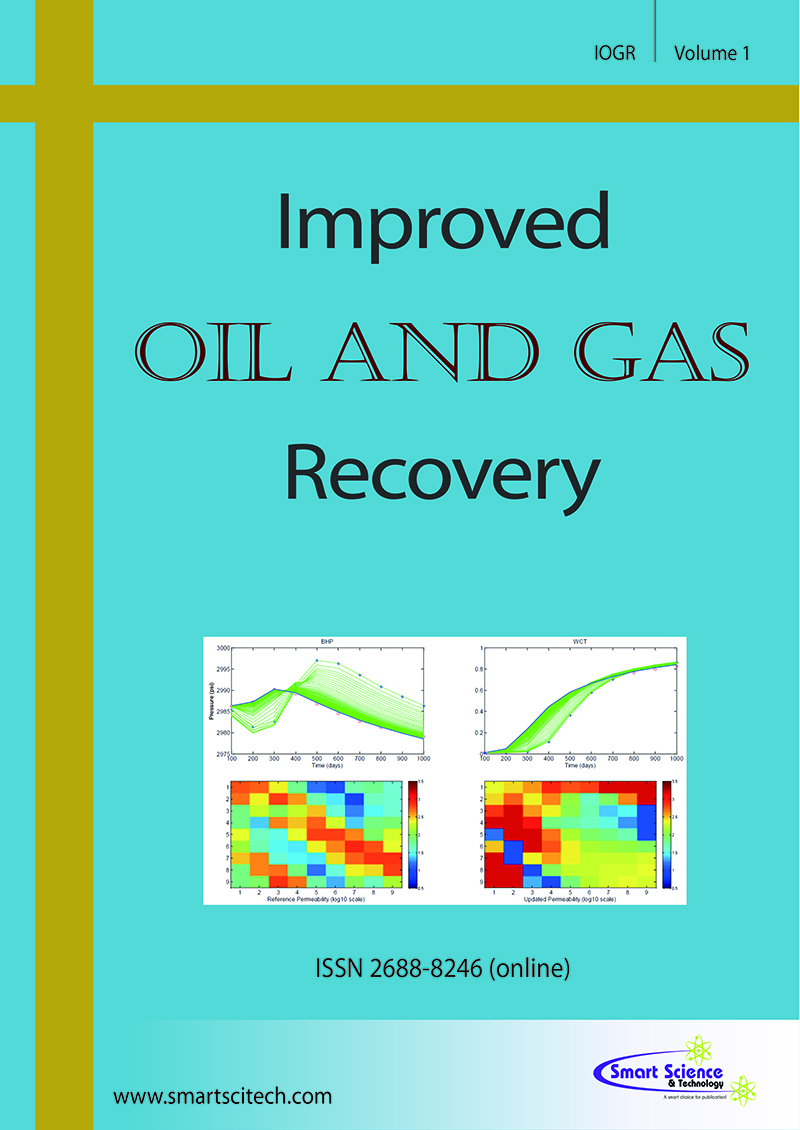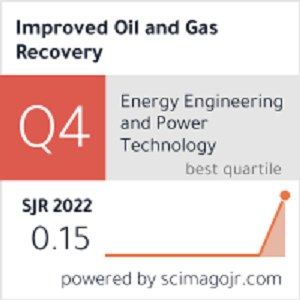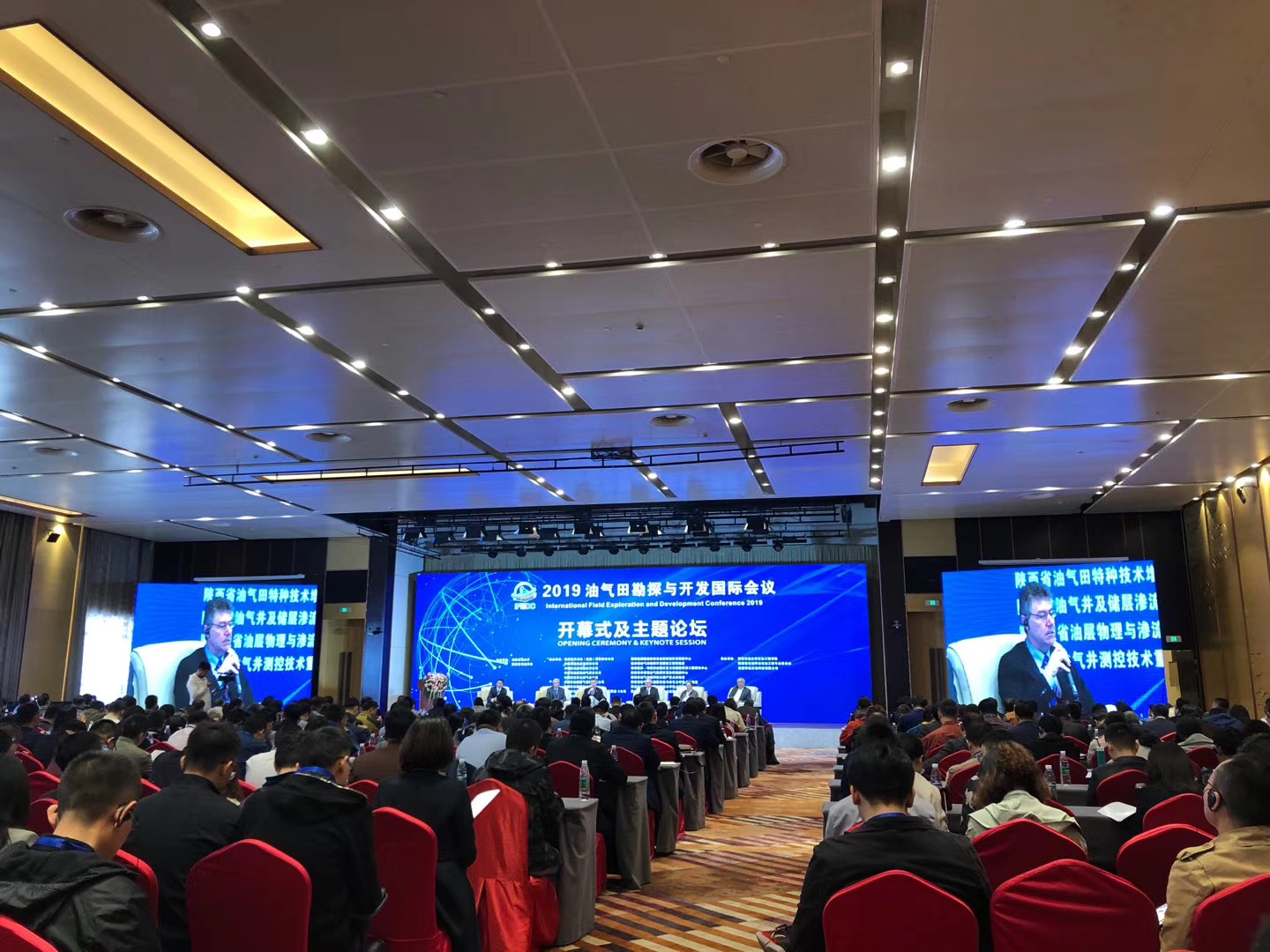An Innovative Method for Comprehensive Optimization of Hydraulic Fracturing Parameters to Enhance Production in Tight Oil Reservoirs
DOI:10.14800/IOGR.1262
Abstract
The hydraulic fracturing technology for horizontal wells is one of the key techniques for the effective development of tight oil and gas reservoirs. Optimizing fracturing parameters can significantly enhance fracturing effectiveness, reduce development risks, and improve oil and gas production as well as economic efficiency. Rapid and accurate optimization of hydraulic fracturing construction parameters for tight oil horizontal wells has always been a challenge in reservoir development and management. This study introduces a novel workflow for optimizing fracturing parameters by combining reservoir numerical simulation and machine learning techniques. The paper first establishes a single-well numerical model using Petrel, and refines reservoir parameters through historical production matching. Building upon this, 8 parameters are selected, and an initial parameter set is generated using the Monte Carlo method, with production data sets obtained from reservoir numerical simulation. Subsequently, various methods are employed to construct fracture productivity models under different reservoir and hydraulic fracture parameters. The selected machine learning model is then integrated with an economic evaluation model to establish an optimization model for hydraulic fracturing parameters in tight oil horizontal wells. The research indicates that the production prediction model established based on the CNN-LSTM method exhibits a high level of accuracy. The optimization model for hydraulic fracturing parameters in tight oil horizontal wells can rapidly optimize fracturing parameters. The proposed methodology in the paper has the potential to enhance horizontal well production and improve economic benefits in tight oil horizontal wells, and can also be applied to similar field development and engineering parameter optimization scenarios.
Downloads
Published
How to Cite
Issue
Section
License
Copyright (c) 2023 The Author(s)

This work is licensed under a Creative Commons Attribution 4.0 International License.












